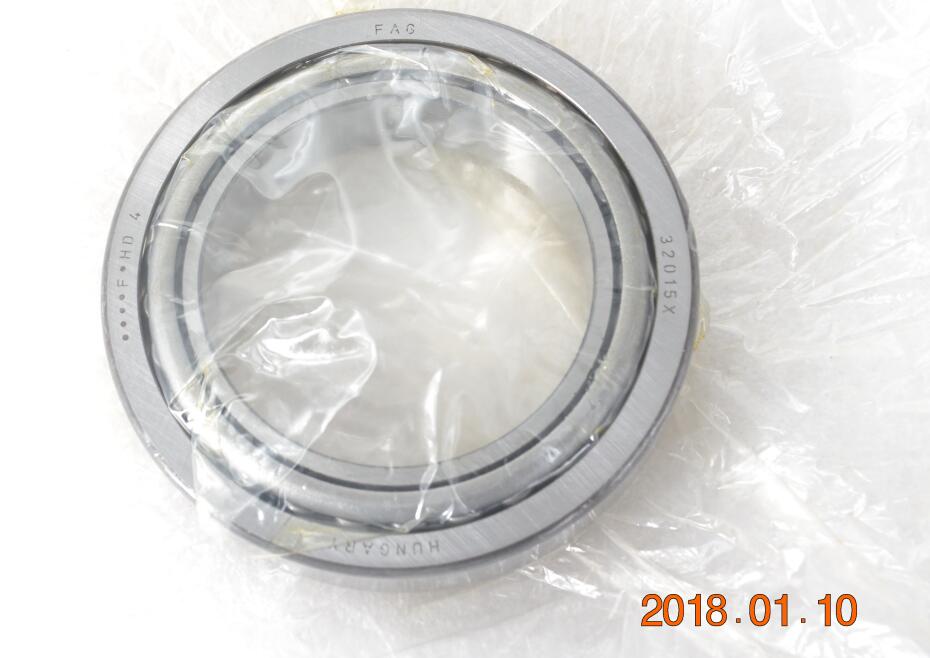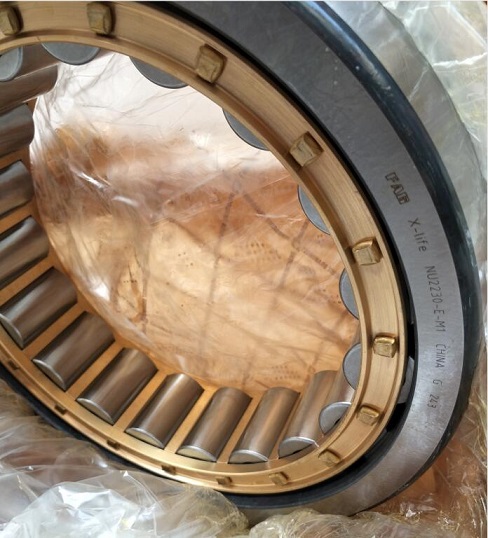Common quality defects of bearing parts after heat treatment are: quenching microstructure overheating, underheating, quenching cracks, insufficient hardness, heat treatment deformation, surface decarburization, soft spots, etc. ERIC BEARING LTD supply different types FAG bearings , such as FAG 32015X bearings online , pls click here:

Overheating of the microstructure after quenching can be observed from the rough mouth of FAG imported bearing parts. But to accurately determine the degree of overheating, the microstructure must be observed. If coarse needle-shaped martensite appears in the quenched structure of GCr15 steel, it is a quenched superheated structure. The cause may be the overall overheating caused by too high quenching heating temperature or too long heating and holding time; or it may be due to the serious banded carbides in the original structure, and the formation of local martensite needles in the low carbon zone between the two zones Caused by local overheating. The residual austenite in the superheated structure increases, and the dimensional stability decreases. Due to the overheating of the quenching structure and the coarseness of the steel crystals, the toughness of the parts will be reduced, the impact resistance will be reduced, and the life of the bearings will also be reduced. Serious overheating may even cause quenching cracks.
Underheated
If the quenching temperature is low or the cooling is poor, it will produce a microstructure in the microstructure that exceeds the standard stipulation, called the underheated structure, which reduces the hardness and sharply reduces the wear resistance, affecting the life of FAG imported bearings.
Quenching crack
The cracks formed by FAG imported bearing parts during quenching and cooling due to internal stress are called quenching cracks. The causes of such cracks are: due to the high temperature of quenching or too rapid cooling, the tissue stress when the thermal stress and metal mass volume change is greater than the fracture resistance of the steel; the original defects on the working surface (such as surface micro cracks or scratches) Traces) or internal defects of the steel (such as slag inclusions, serious non-metallic inclusions, white spots, shrinkage cavities, etc.) forming stress concentration during quenching; severe surface decarburization and carbide segregation; insufficient tempering after part quenching It may not be tempered in time; too much cold punching stress caused by the previous process, forged folds, deep turning tool marks, sharp edges of oil grooves, etc. In short, the cause of quenching cracks may be one or more of the above factors. The existence of internal stress is the main reason for the formation of quenching cracks. The quenching crack is deep and slender, the fracture is straight, and the fracture surface has no oxidation color. It is often a longitudinal straight crack or annular crack on the bearing ring; the shape of the bearing steel ball is S-shaped, T-shaped or ring-shaped. The structure characteristic of quenching crack is that there is no decarburization on both sides of the crack, which is obviously different from forging crack and material crack.
Heat treatment deformation
During heat treatment of bearing parts, there are thermal stress and tissue stress. This internal stress can be superimposed or partially canceled, which is complicated and variable, because it can vary with heating temperature, heating speed, cooling method, cooling speed, shape of parts And size change, so heat treatment deformation is inevitable. Recognizing and mastering its changing rules can make the deformation of imported FAG bearing parts (such as the ellipse of the ring, the size increase, etc.) within a controllable range, which is conducive to the production. Of course, mechanical collisions during heat treatment can also cause deformation of parts, but this deformation can be reduced and avoided with improved operations.
Surface decarburization
In the heat treatment process of FAG imported bearing parts, if they are heated in an oxidizing medium, the surface will undergo oxidation to reduce the mass fraction of carbon on the surface of the parts, resulting in decarburization of the surface. Depth of the surface decarburization layer exceeds the final processing residue will make the parts scrapped. The determination of the depth of the surface decarburization layer can be used in the metallographic examination of the metallographic method and the microhardness method. The arbitration criterion can be used based on the surface layer microhardness distribution curve measurement method.
Soft spot
Due to insufficient heating, poor cooling, improper quenching operation and other reasons, the phenomenon that the local hardness of the surface of the imported FAG bearing parts is not sufficient is called quenching soft spot. Like decarburization of the surface, it can cause a serious drop in surface wear resistance and fatigue strength .
Below is our FAG NU2230-E-M1 photos , we sold to End user for Steel mill usage . If you want know more about us , pls do free to contact us .

Hot Tags: